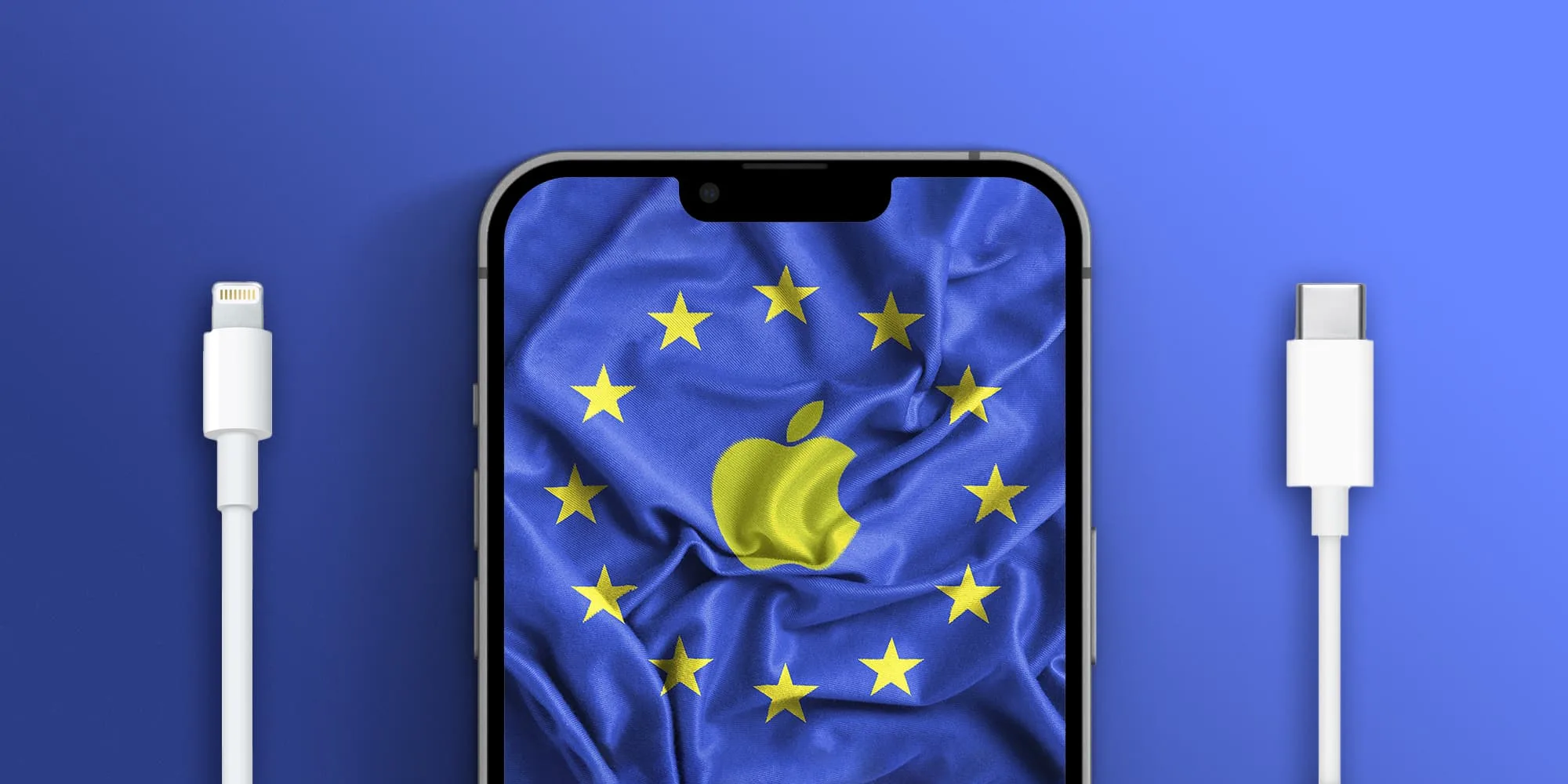
Yesterday, the European Parliament voted in favor of enforcing USB-C chargers across electronic devices. You guessed it, that includes the iPhone and AirPods. This will take effect by the end of 2024. This directive forces all consumer electronics manufacturers selling their products in Europe to ensure a USB-C port. No word from Apple on how this directive will be taken in. Will we see separate inventories sent to Europe or a massive change to the entire device by 2024?
Here is the press release issued by the European Parliament:
By the end of 2024, all mobile phones, tablets and cameras sold in the EU will have to be equipped with a USB Type-C charging port. From spring 2026, the obligation will extend to laptops. The new law, adopted by plenary on Tuesday with 602 votes in favour, 13 against and 8 abstentions, is part of a broader EU effort to reduce e-waste and to empower consumers to make more sustainable choices.
Under the new rules, consumers will no longer need a different charger every time they purchase a new device, as they will be able to use one single charger for a whole range of small and medium-sized portable electronic devices.
Regardless of their manufacturer, all new mobile phones, tablets, digital cameras, headphones and headsets, handheld videogame consoles and portable speakers, e-readers, keyboards, mice, portable navigation systems, earbuds and laptops that are rechargeable via a wired cable, operating with a power delivery of up to 100 Watts, will have to be equipped with a USB Type-C port.
All devices that support fast charging will now have the same charging speed, allowing users to charge their devices at the same speed with any compatible charger.
For devices too small to be compatible with the USB-C port, there are exemptions. So, wearables, health trackers, and some sports equipment at this time can relax. However, the legislation may expand to them in the future. Labeling is crucial for this directive, to clearly inform customers what type of device they are getting. Interoperable wireless charging solutions are the EU’s goal as technology evolves over time. Good thing or bad?